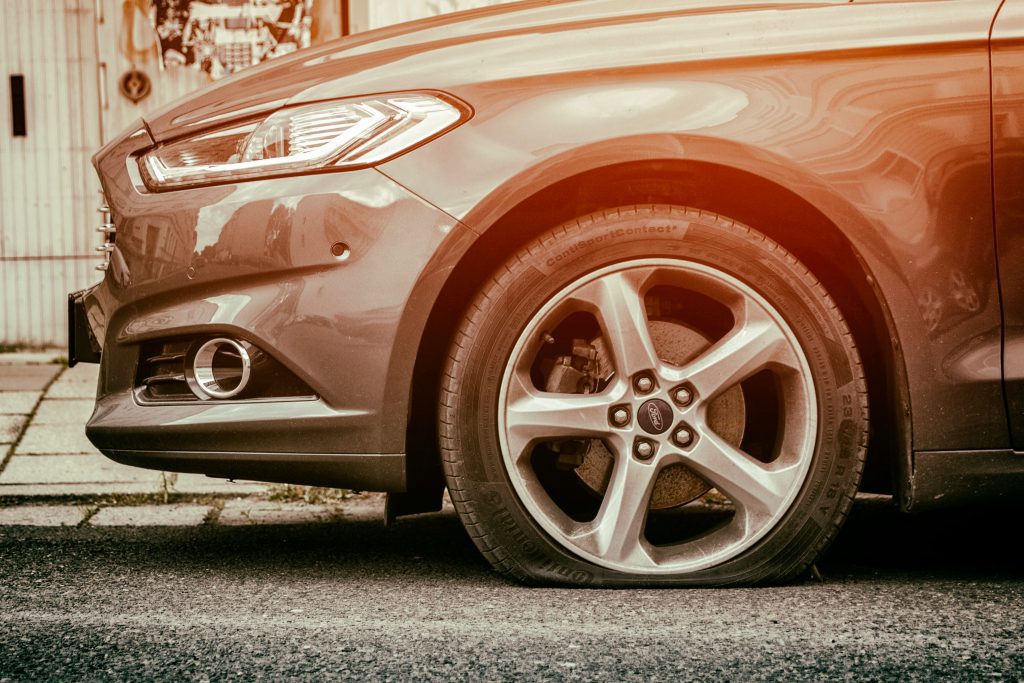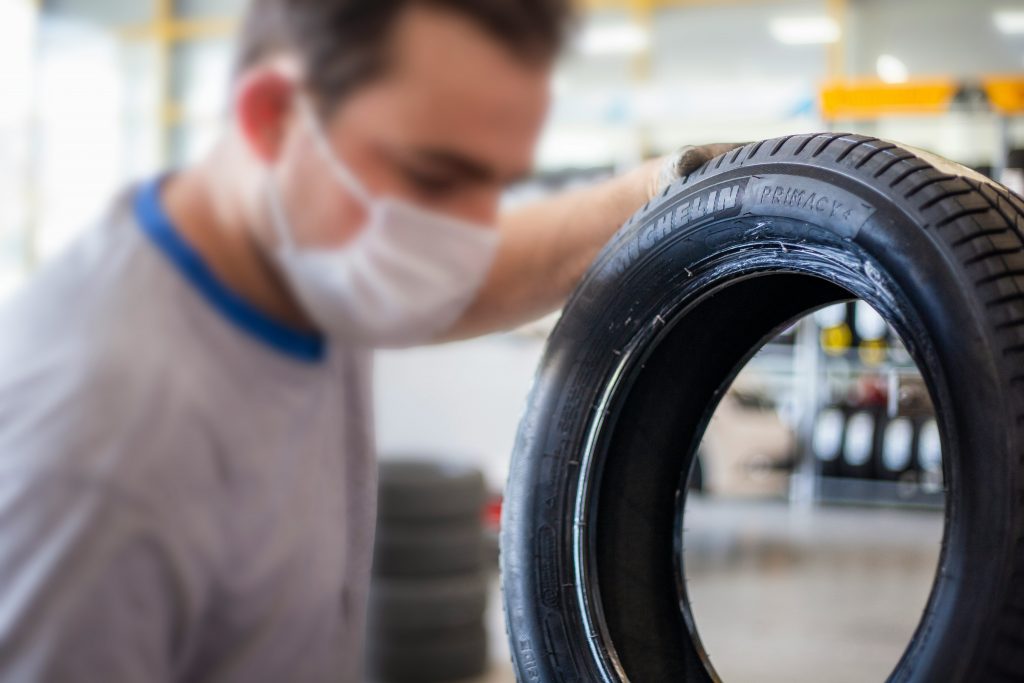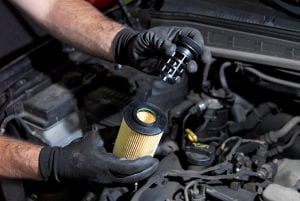Tyres are arguably one of the most important features of any car or vehicle. They not only keep your car travelling but they can also be the cause of many issues and potential hazards. Taking good care of your tyres is important to ensure they’re not only safe to drive with, but also last as long as possible as they undergo constant pressure and speed throughout their life cycle. There are several factors that contribute to shortening the life of your tyres, the majority of which can be avoided by maintenance and even driving habits.
Here are some of the key ways to maintain the quality of your tyres.

Tips for making your tyres last longer
Safe and steady driving habits
Safe driving will help prevent your tyres from wearing too quickly. By ensuring you are not speeding and leaving enough distance between your vehicle and the one in front, you’re not adding unnecessary pressure on your tyres, which is caused by additional heat and sudden braking. This will also help with more eco-friendly driving.
Keeping tyres clean
Regularly cleaning your tyres is a great way to ensure they’re maintained and don’t have any build-up. Simply use warm soapy water and a wire brush which will work to remove dirt and stones from the treads, and also allow you to conduct a much more thorough visual inspection.
Visual checks
With most modern cars, there will be some sort of warning or message to suggest when your tyres have lost pressure, however, there are a number of other faults which can occur that can be visually checked. One of which is the legal tread depth.
In order for your tyres to be legal, they must have a tread depth of at least 1.6mm. You can use a 20p coin to get a good idea as to whether your tread depth is ok to run with – if the tread is lower than the outside edge of the coin, then you need to get the tyre replaced immediately.
Other things to check when visually analysing tyres are any cuts and gashes, cracks and structural damage.

Air pressure
As mentioned above, modern vehicles tend to have a system which detects when air has been lost, but of course, not all cars have this feature or there could even be a fault in that system too. Along with conducting a visual inspection, you should also check each tyre’s air pressure which can be done at a petrol station, garage or even at home. Your vehicle handbook will tell you what the PSI should be and you can then set it accordingly if any air has been lost.
When to change your tyres
Your tyres need changing more regularly than you may think, especially if you’re driving long distances and regularly using your car. As the only part of your car to physically touch the ground, they experience a lot of wear and tear changing your tyres regularly keeps your car in good working order.
Although the legal limit is 1.6mm, it is recommended that you change your tyres when the tread is less than 3mm. In terms of mileage, on average, most tyres are sufficient to drive for around 20,000 to 30,000 miles.
There might also be some circumstances where your tyres need replacing before these points. For example, if they have physical damage and cracks, they have a nail or stone stuck inside the rubber or it has been punctured.

Read more on winter tyres to find out how tyres work when the temperatures drop.
Car Filters – Serving drivers across the UK
Filter services have a selection of car filters, ranging from air filters to oil filters, used to create a safe and clean driving experience. Our range of filters comes with some of the best quality features and brand names, used for a number of different vehicle types and industries including construction, car filters, lorries, agriculture, tractors, energy, mining and more.
Filter Services provide top-of-the-range filters for a number of industries, teaming up with brands such as Donaldson, Mann, Hifi, Baldwin and Fleetgaurd. You can be sure that the filters we provide a clean and safe driving experience.
Find out more about our car filter selection
